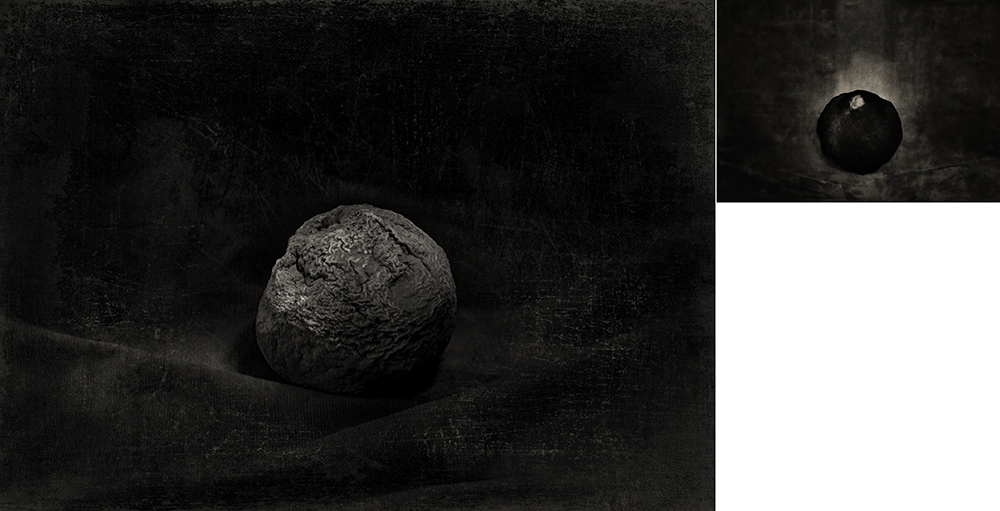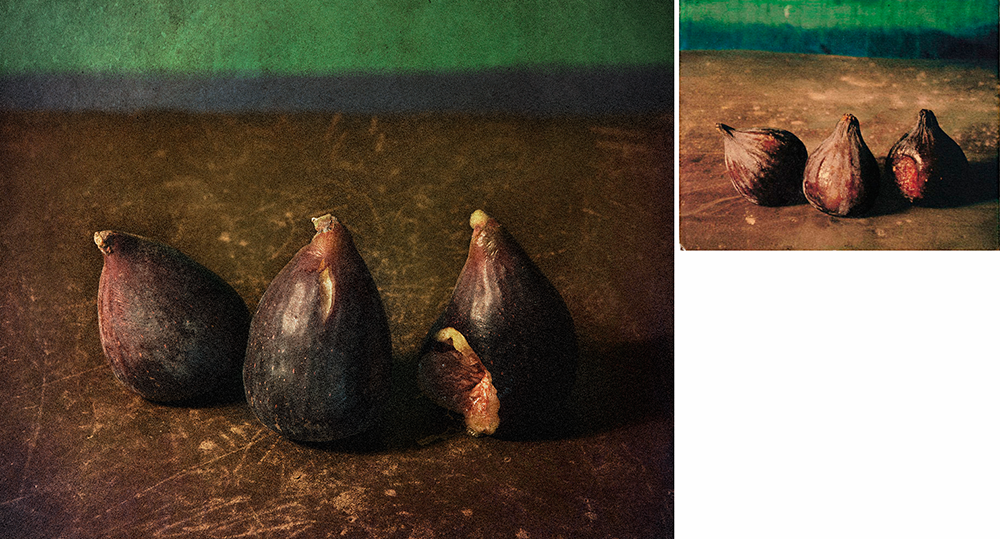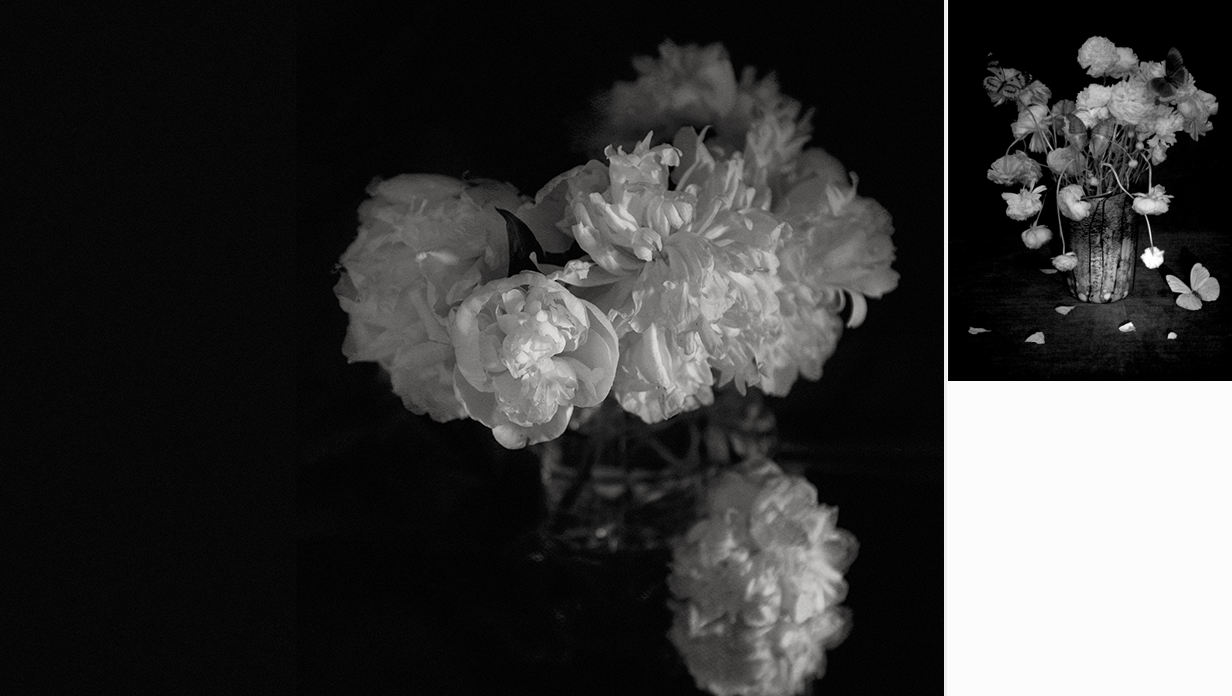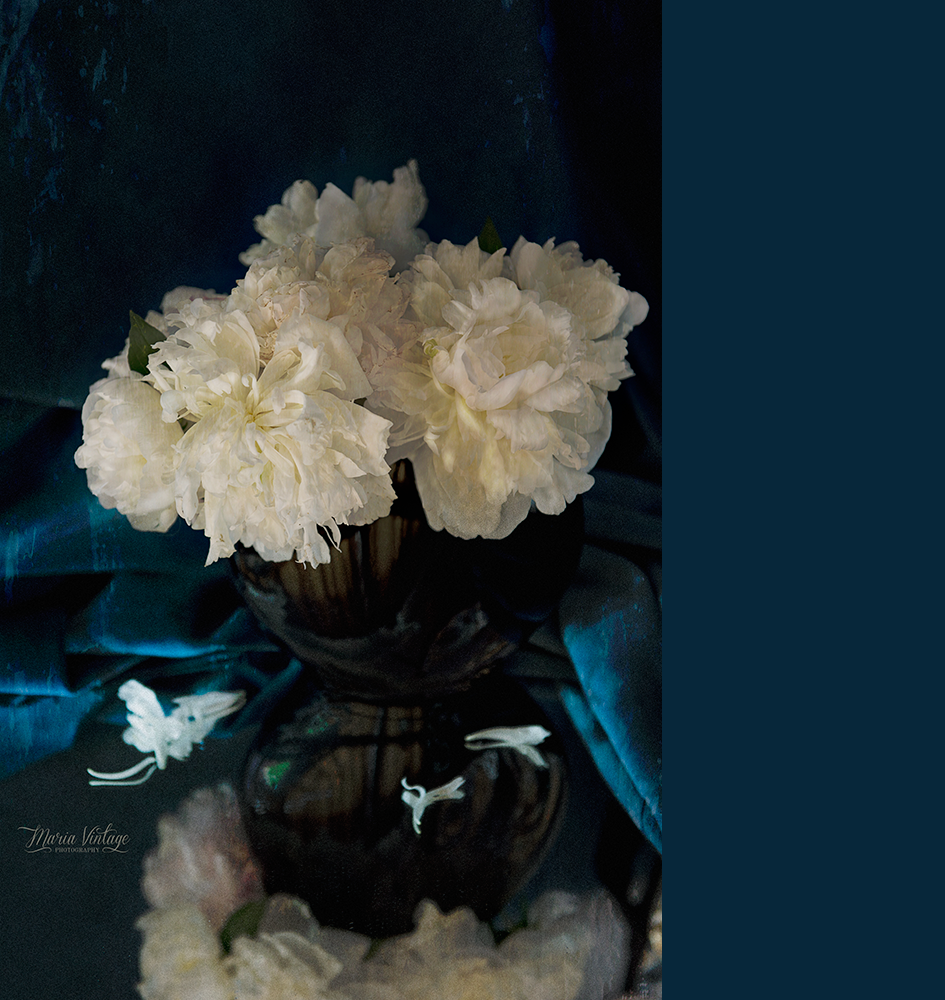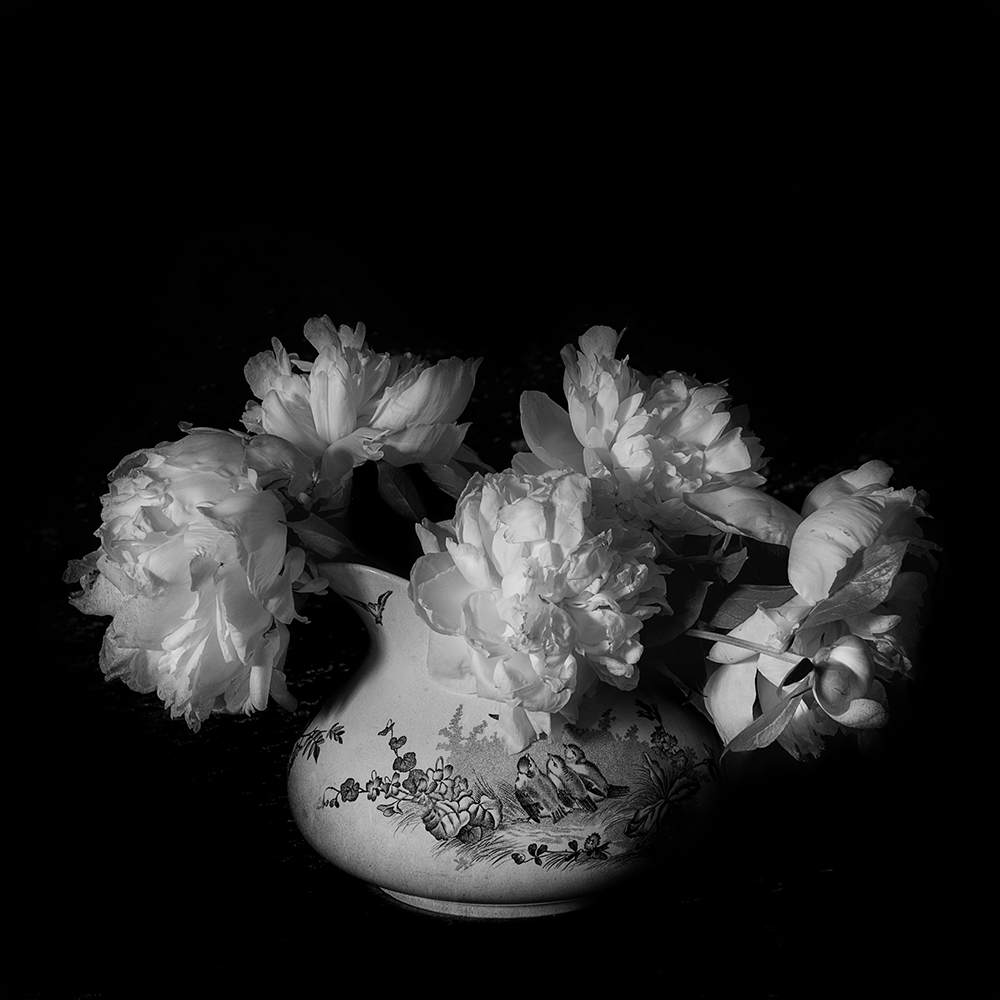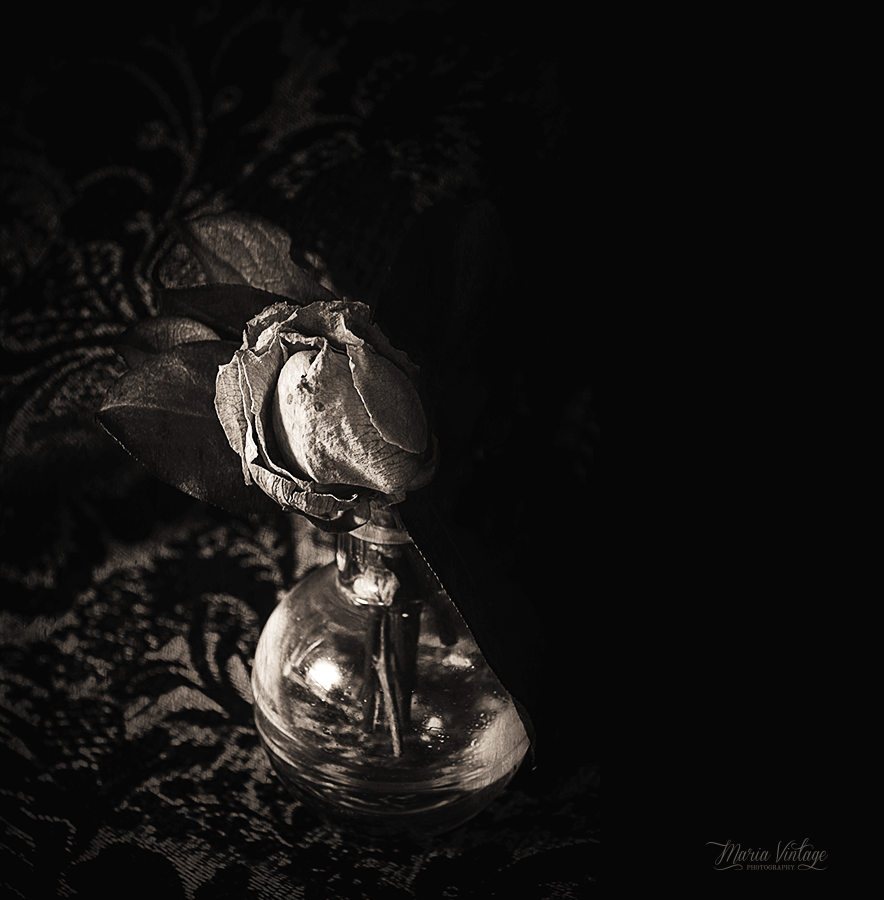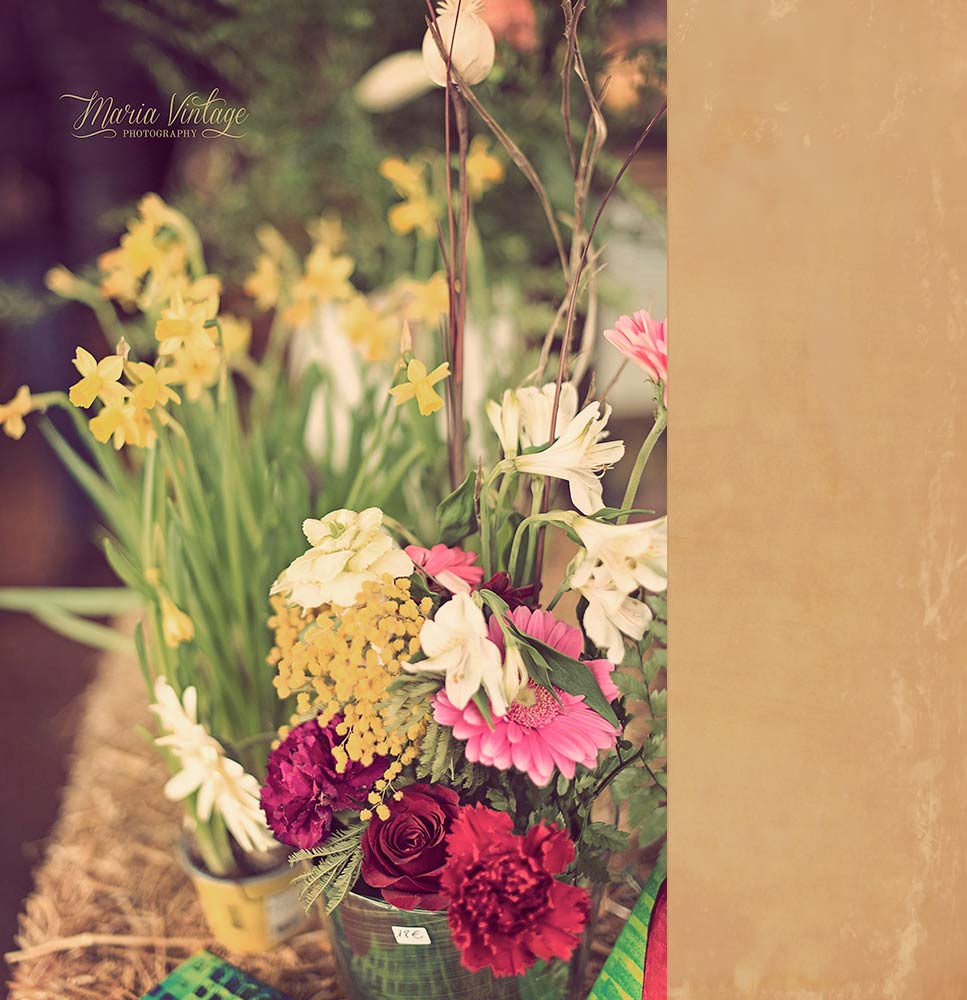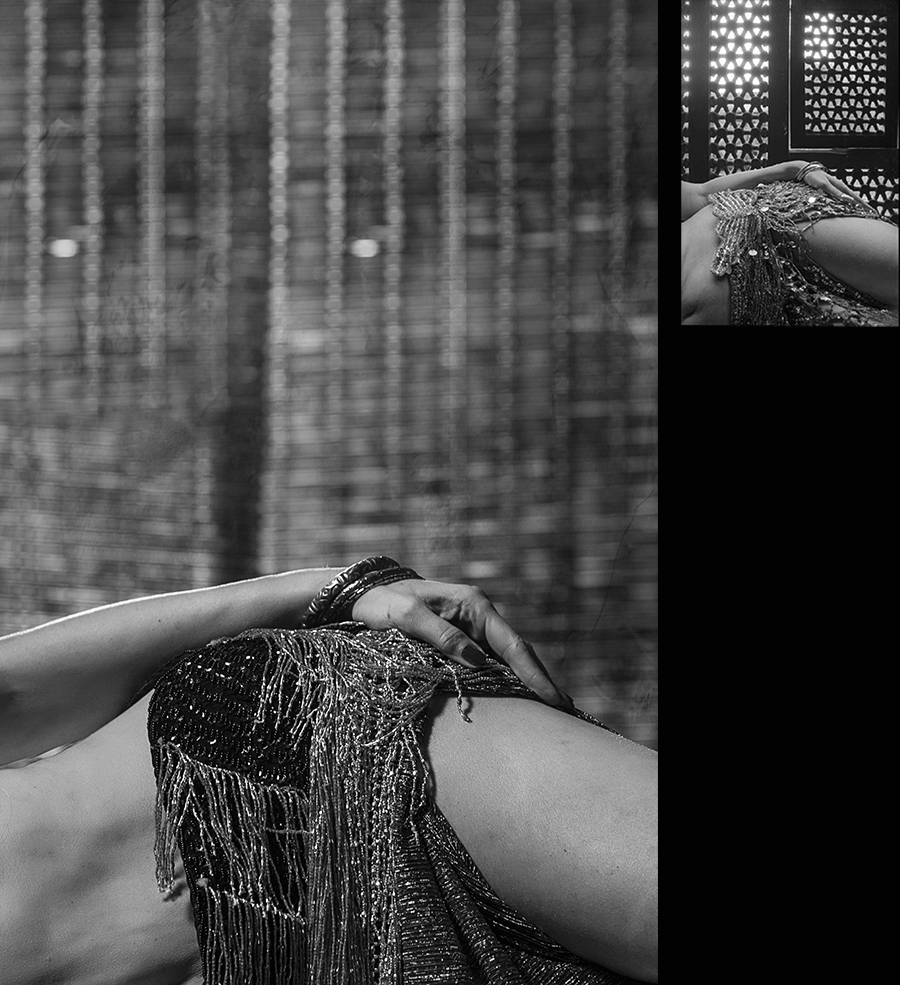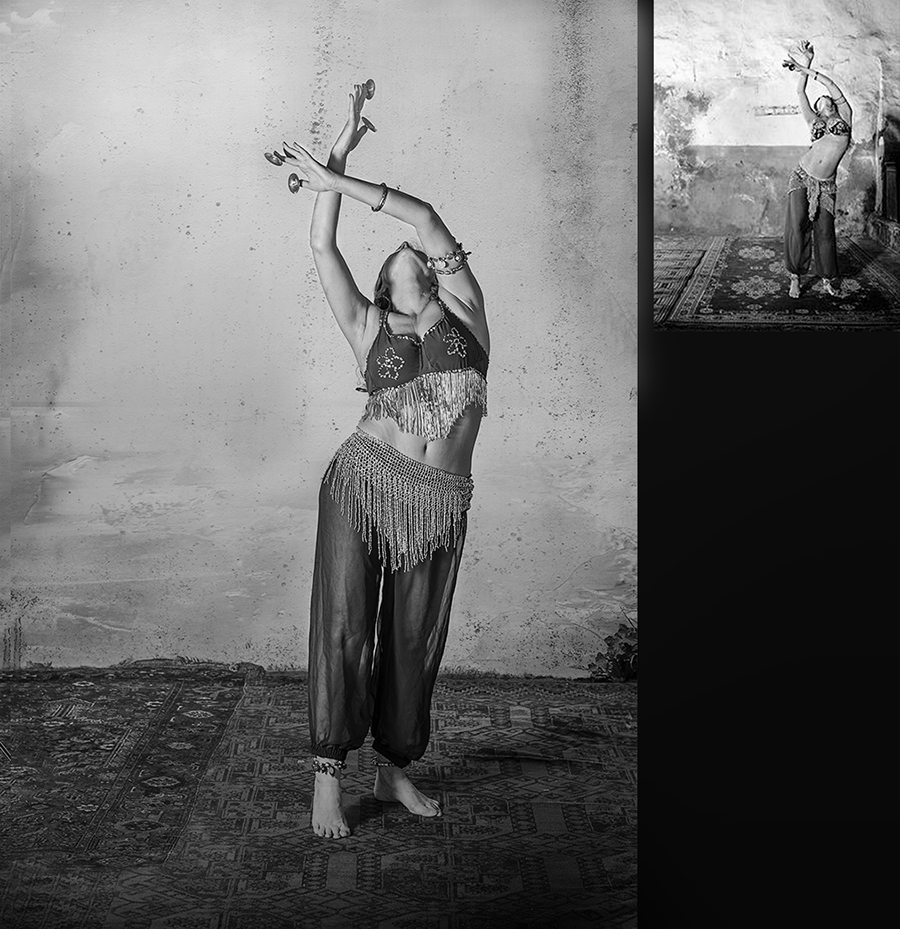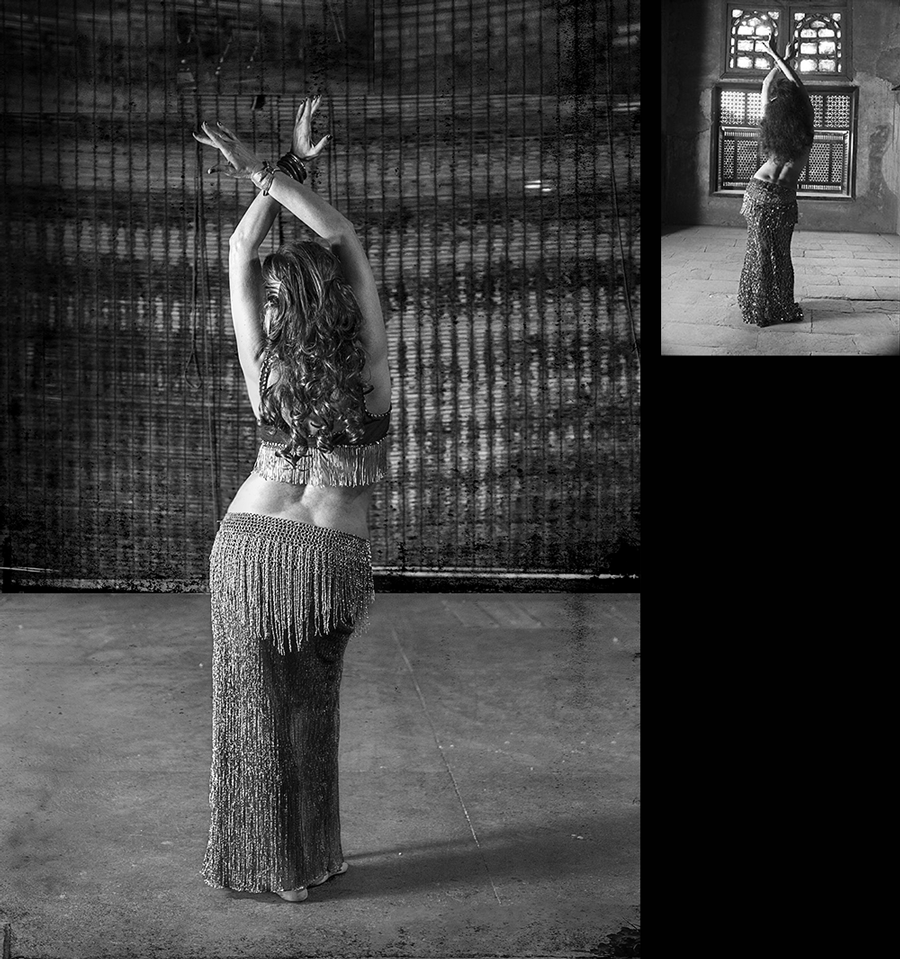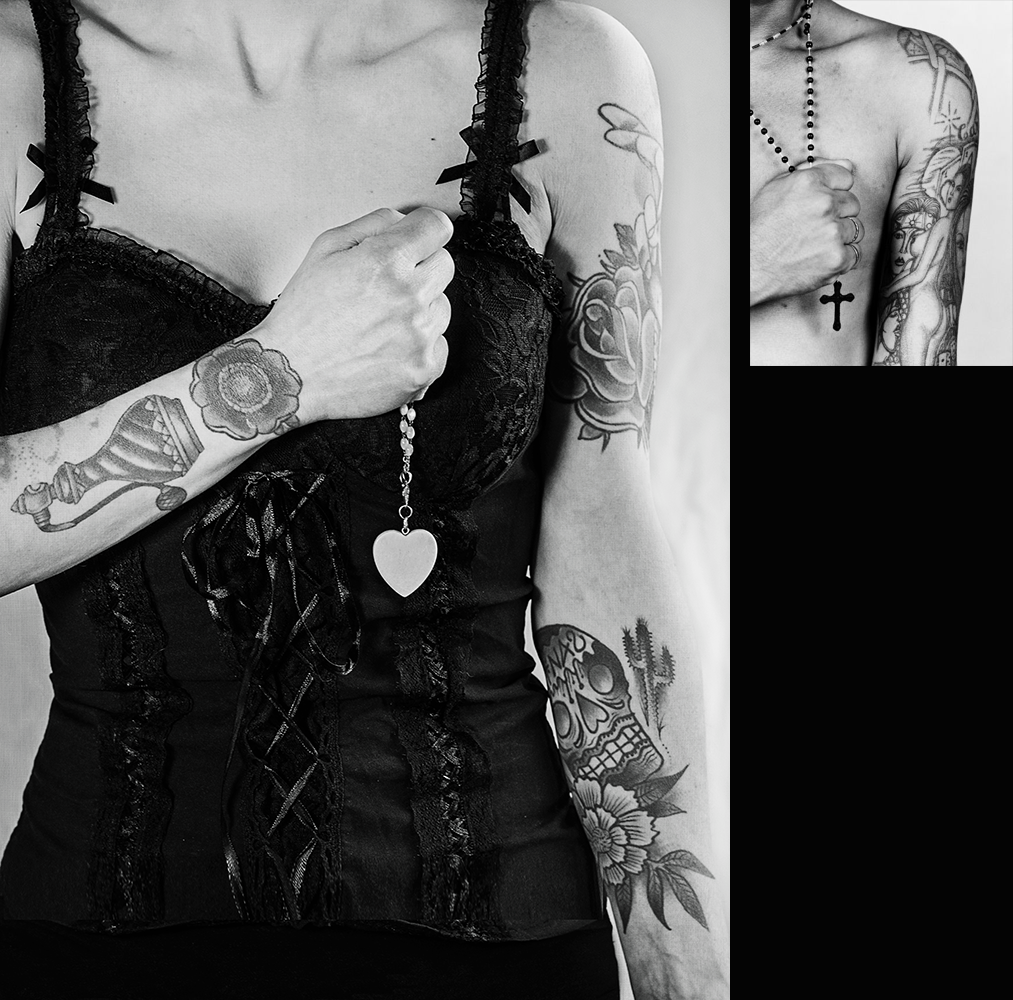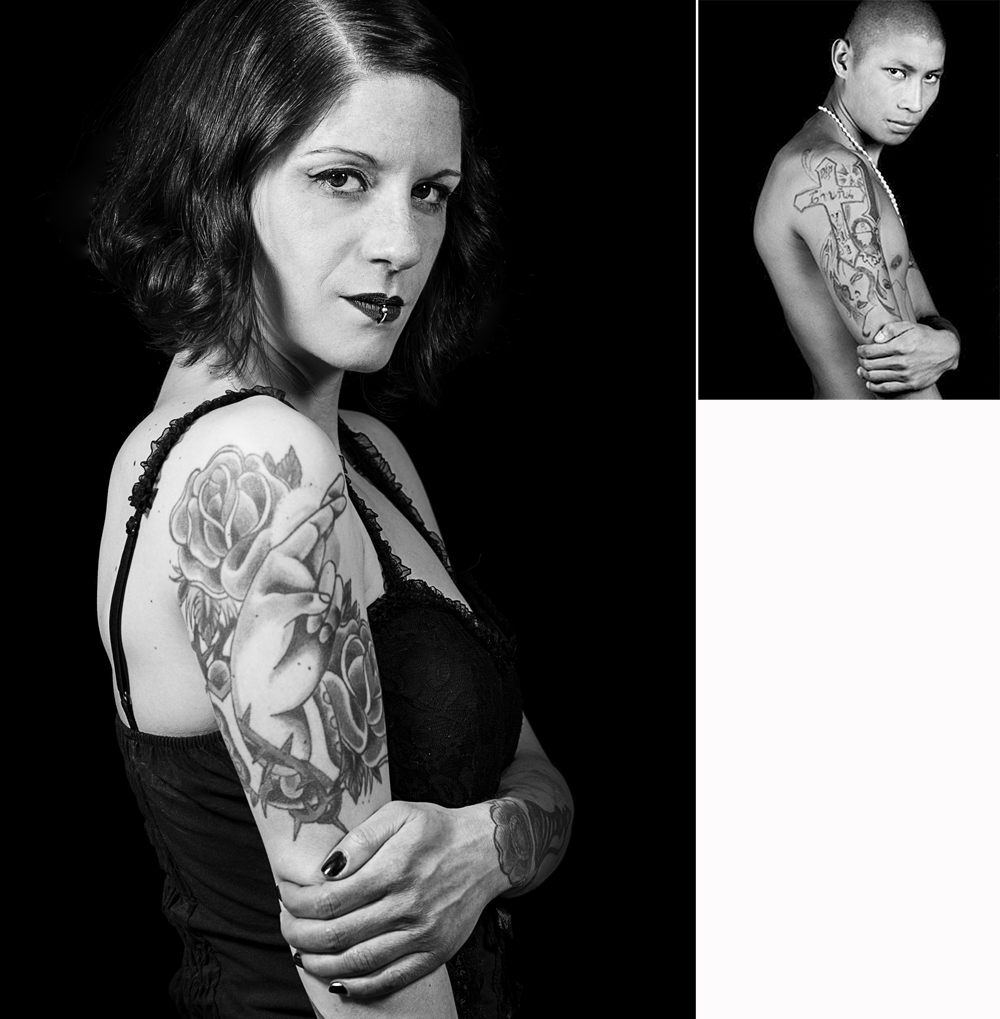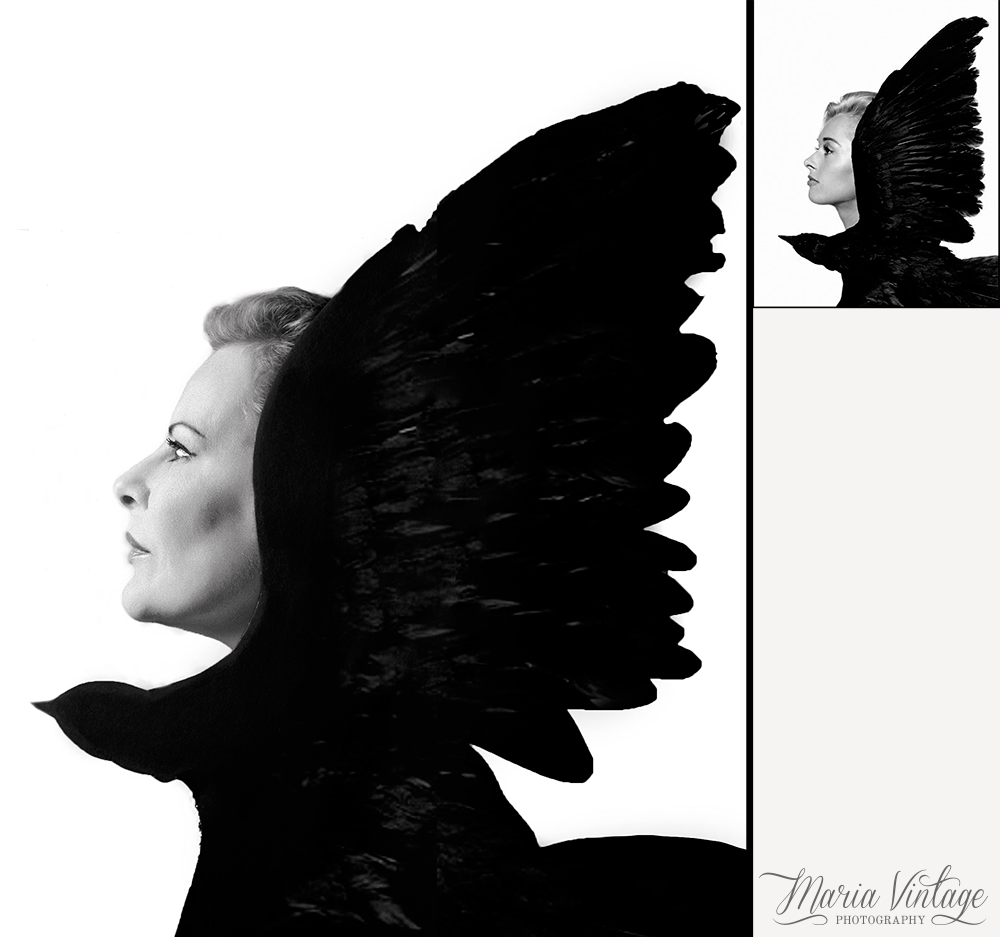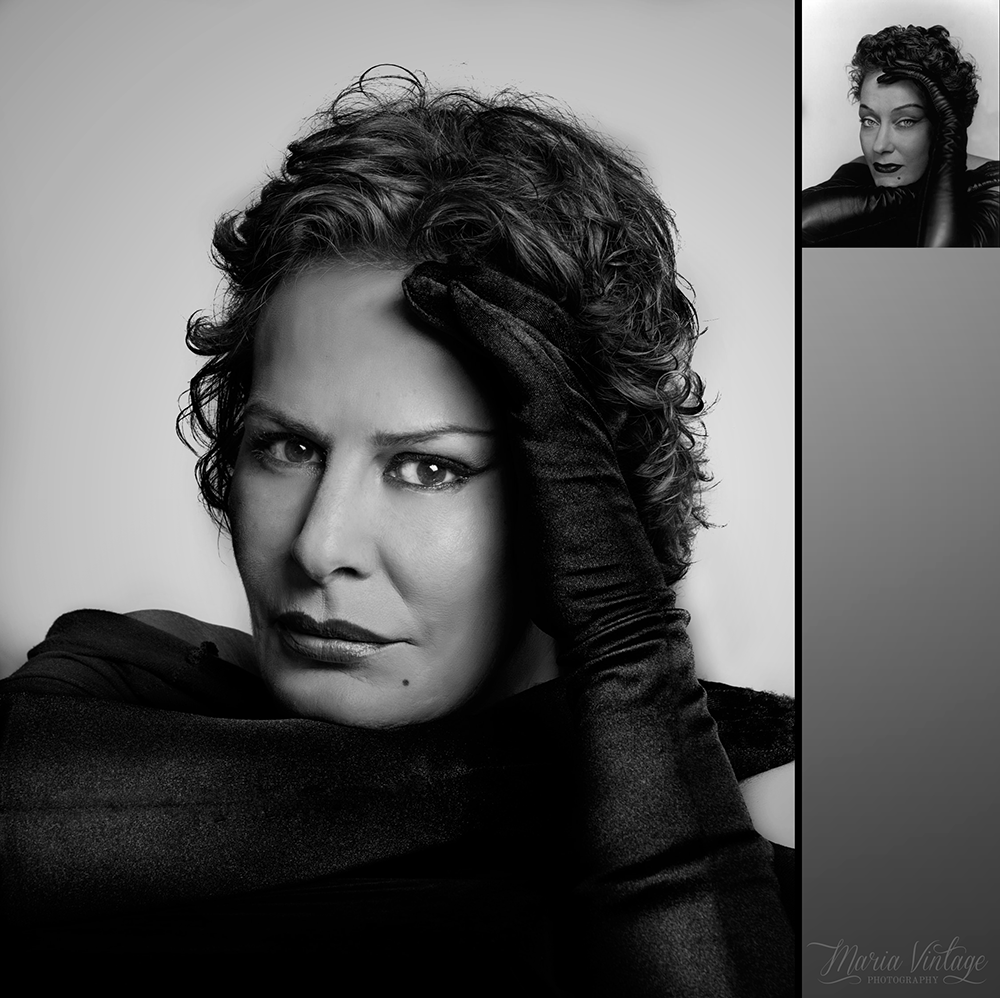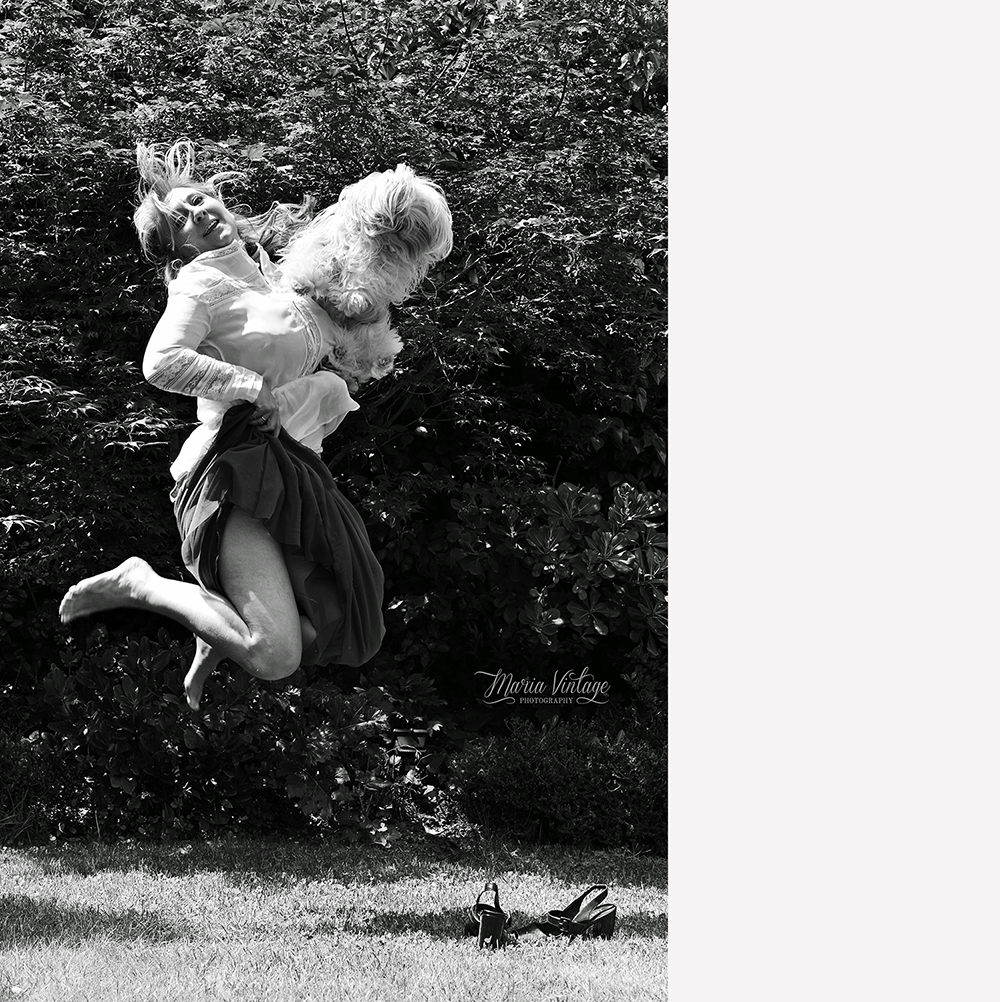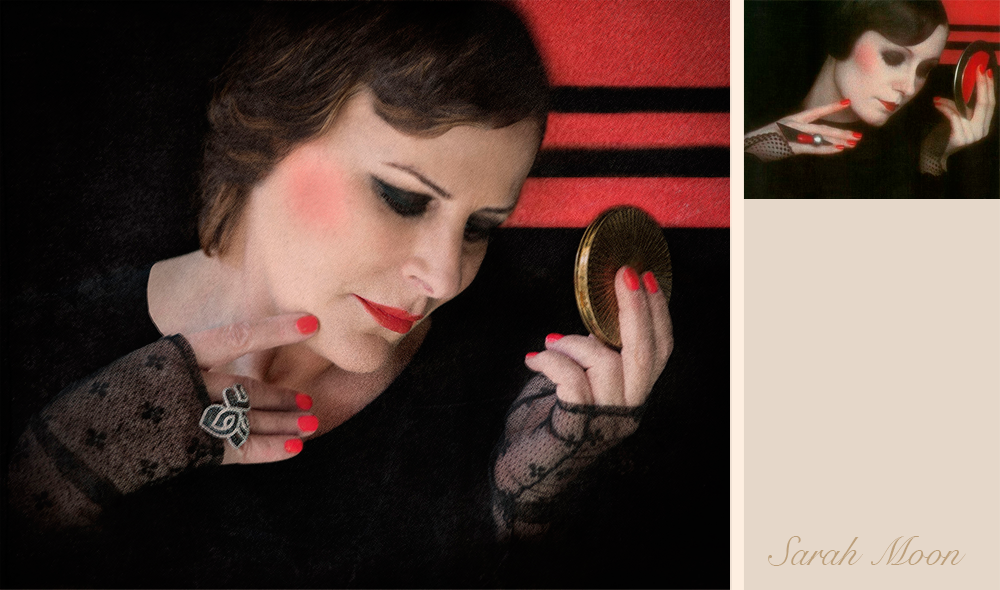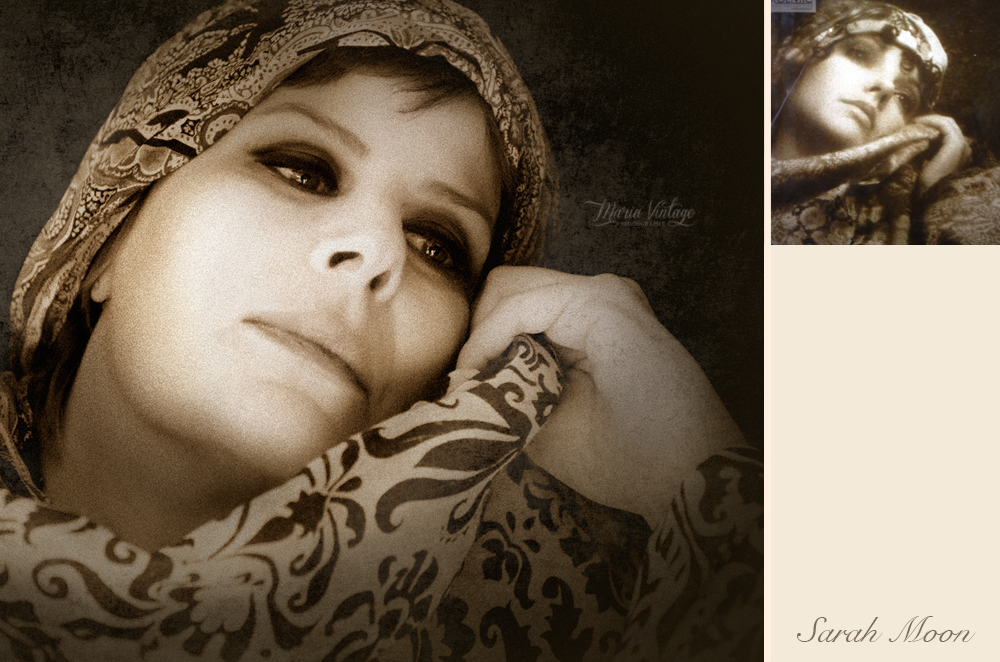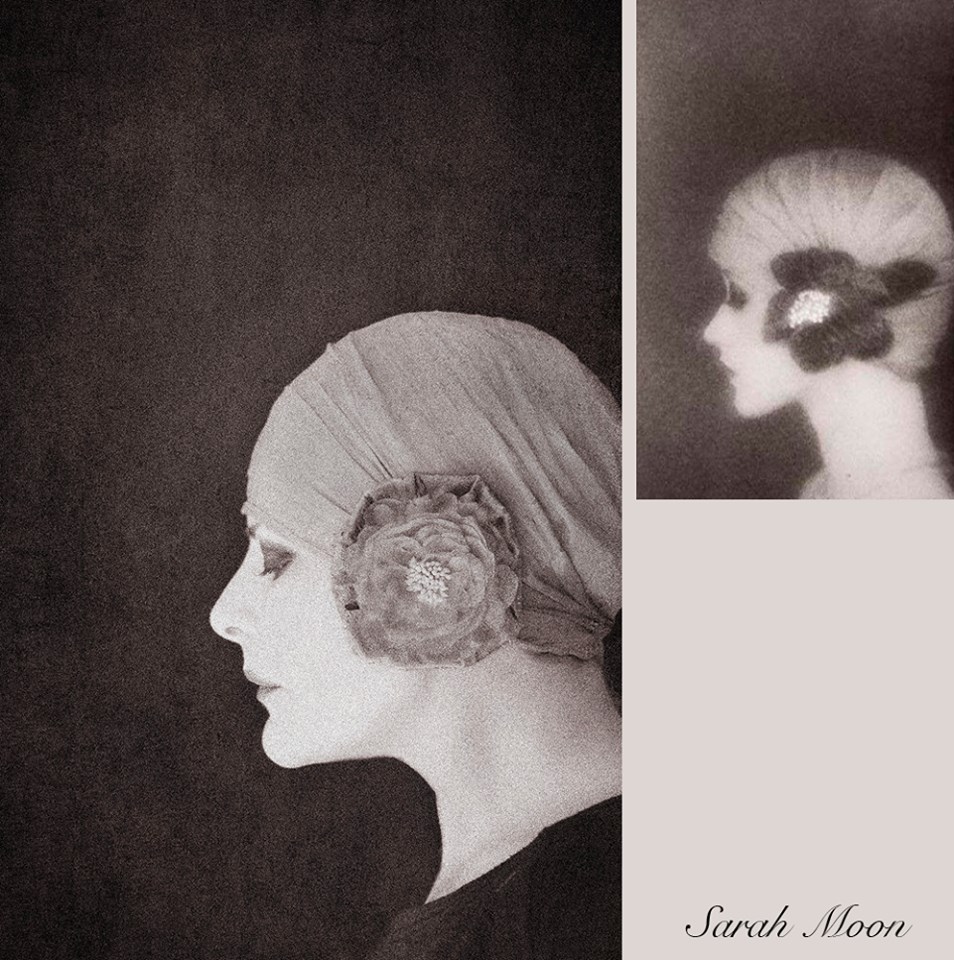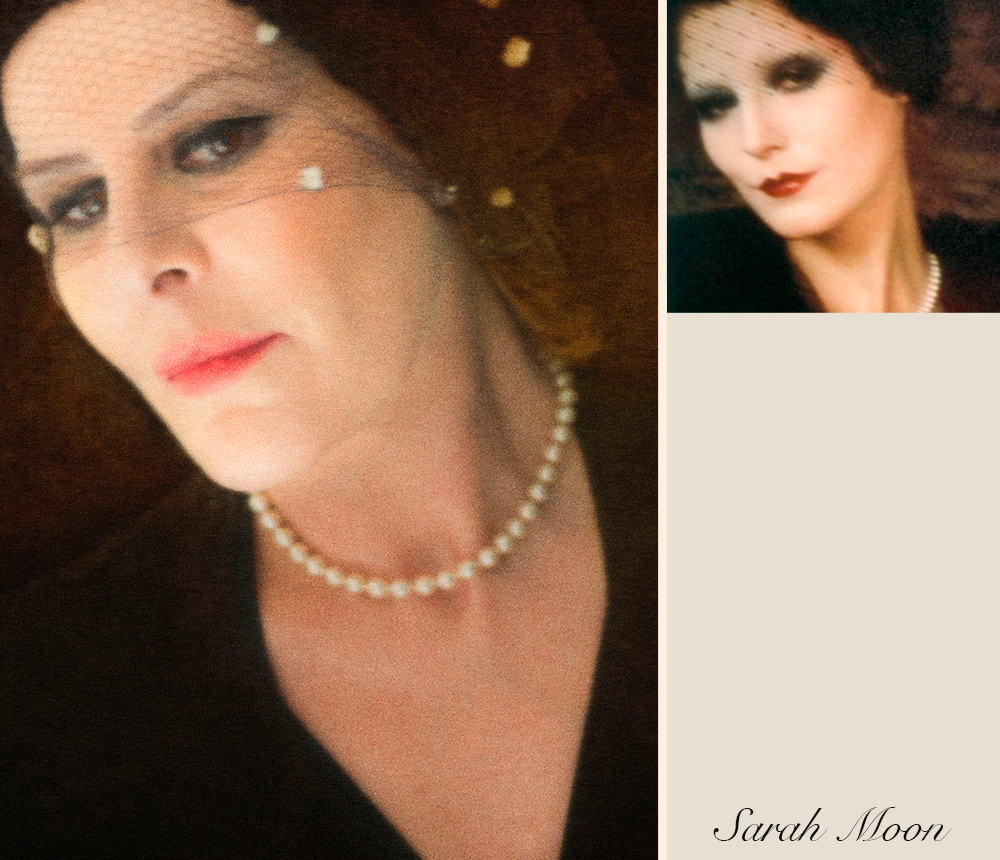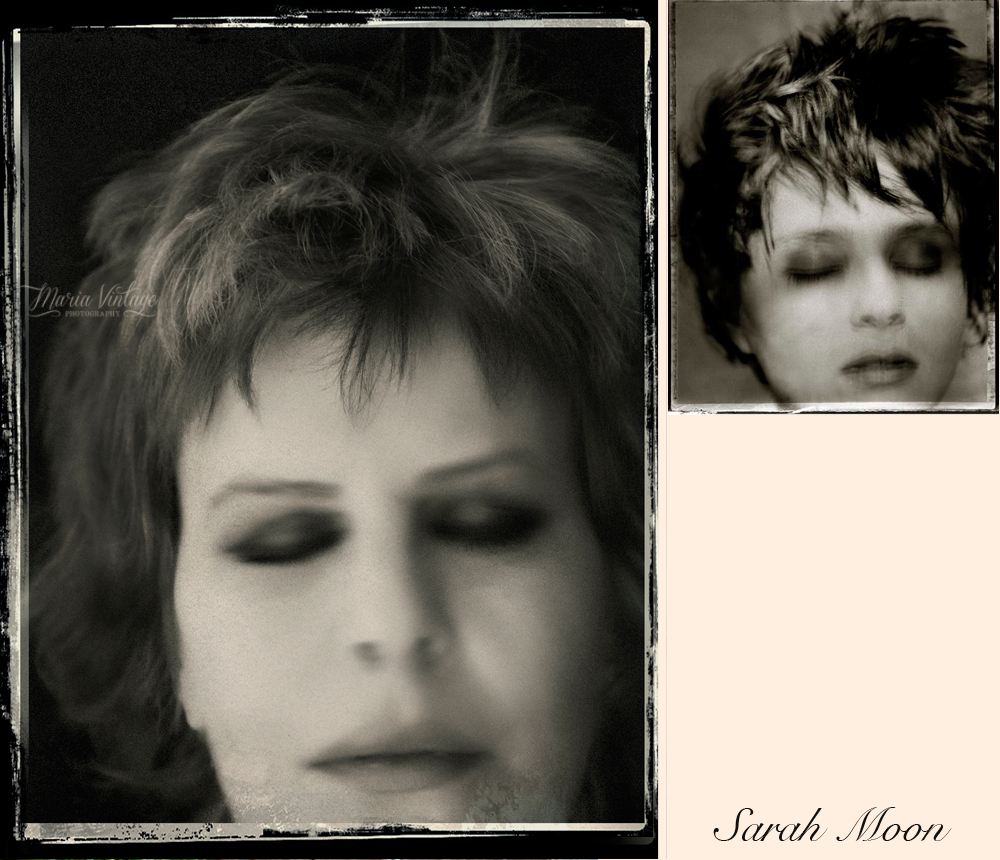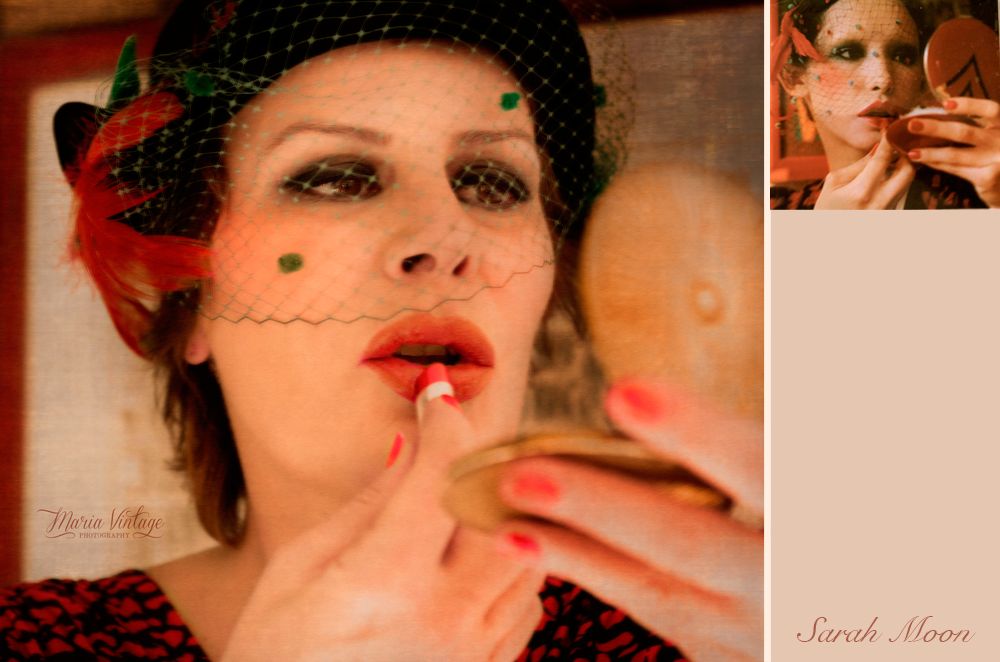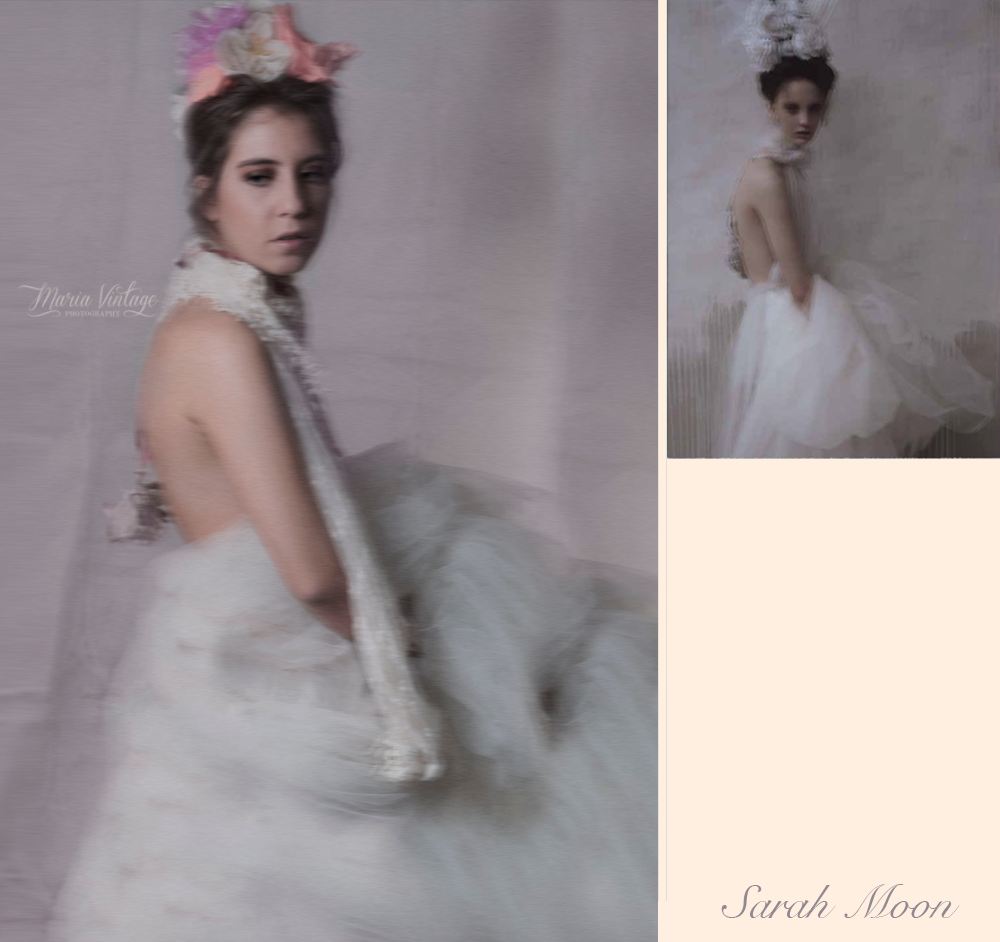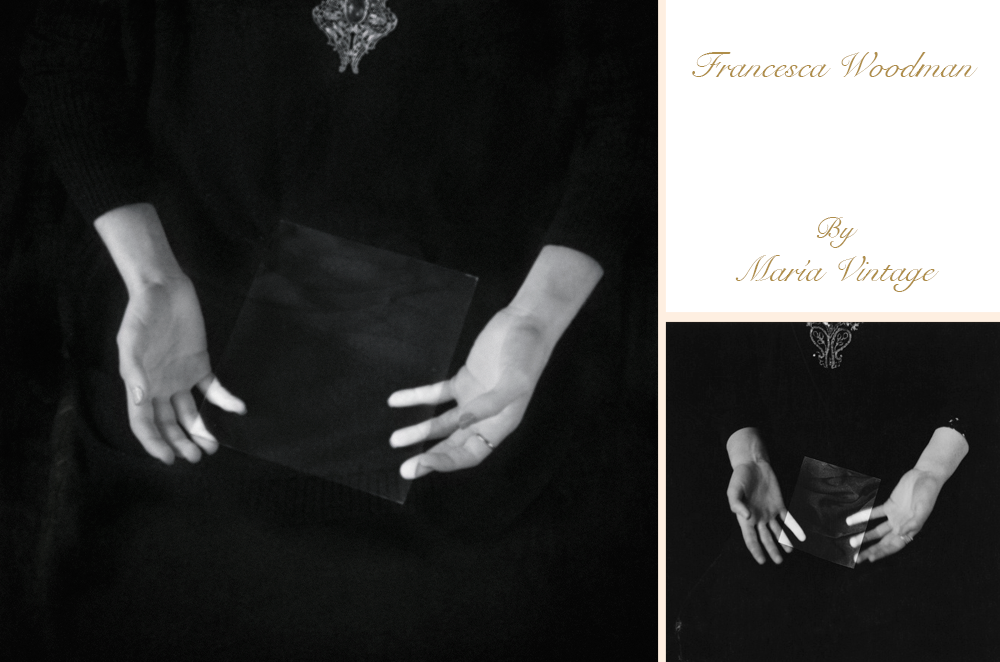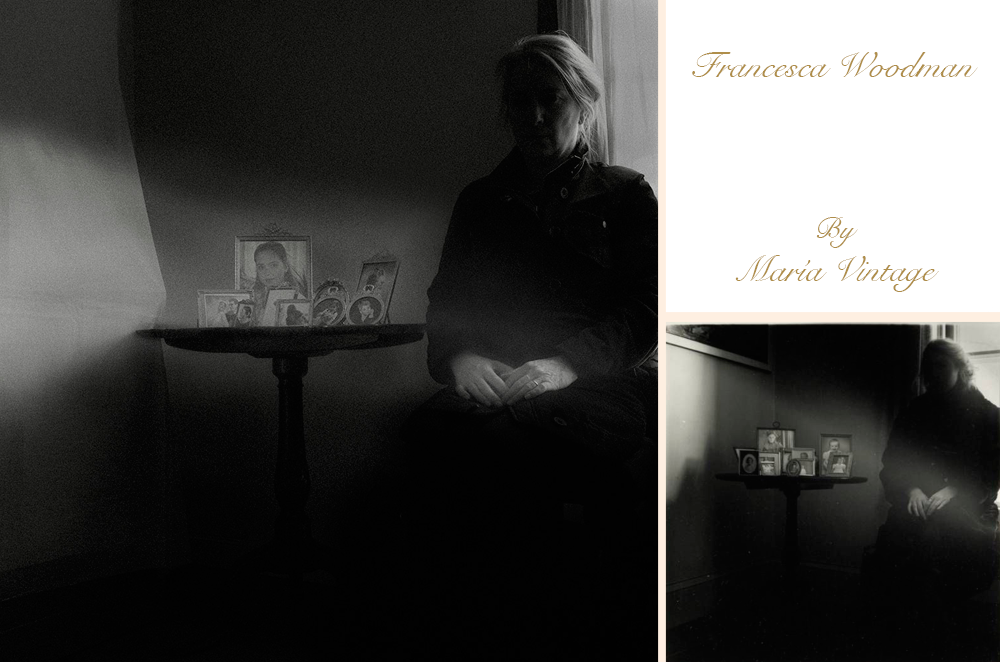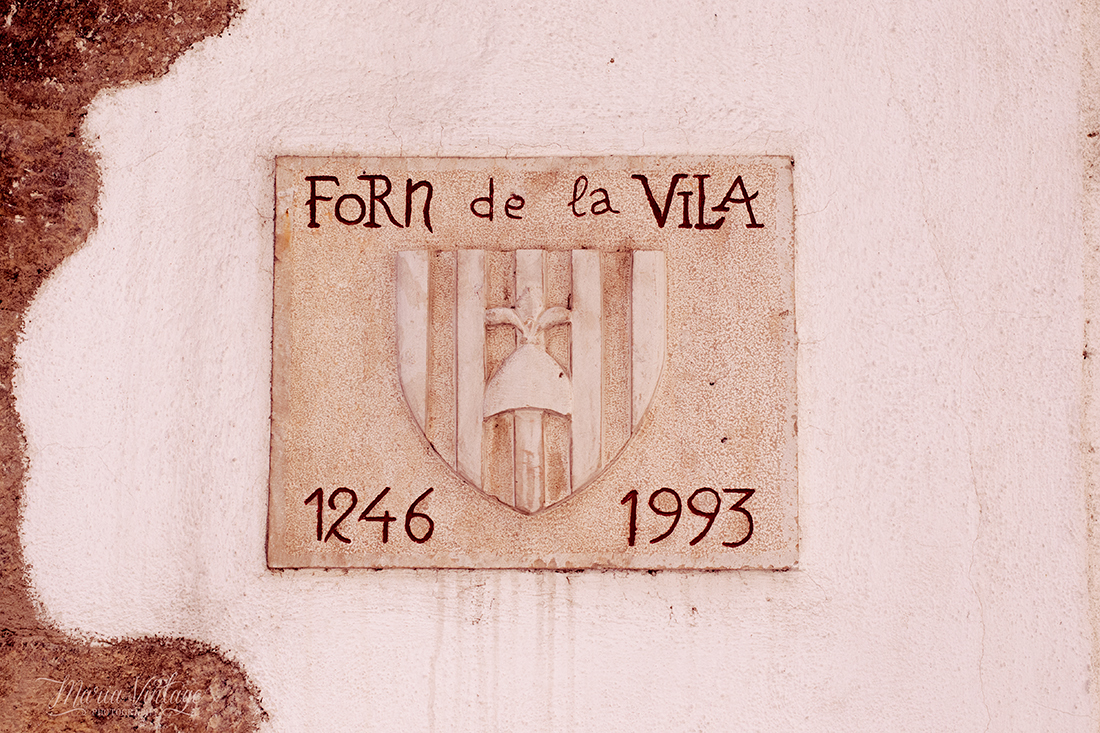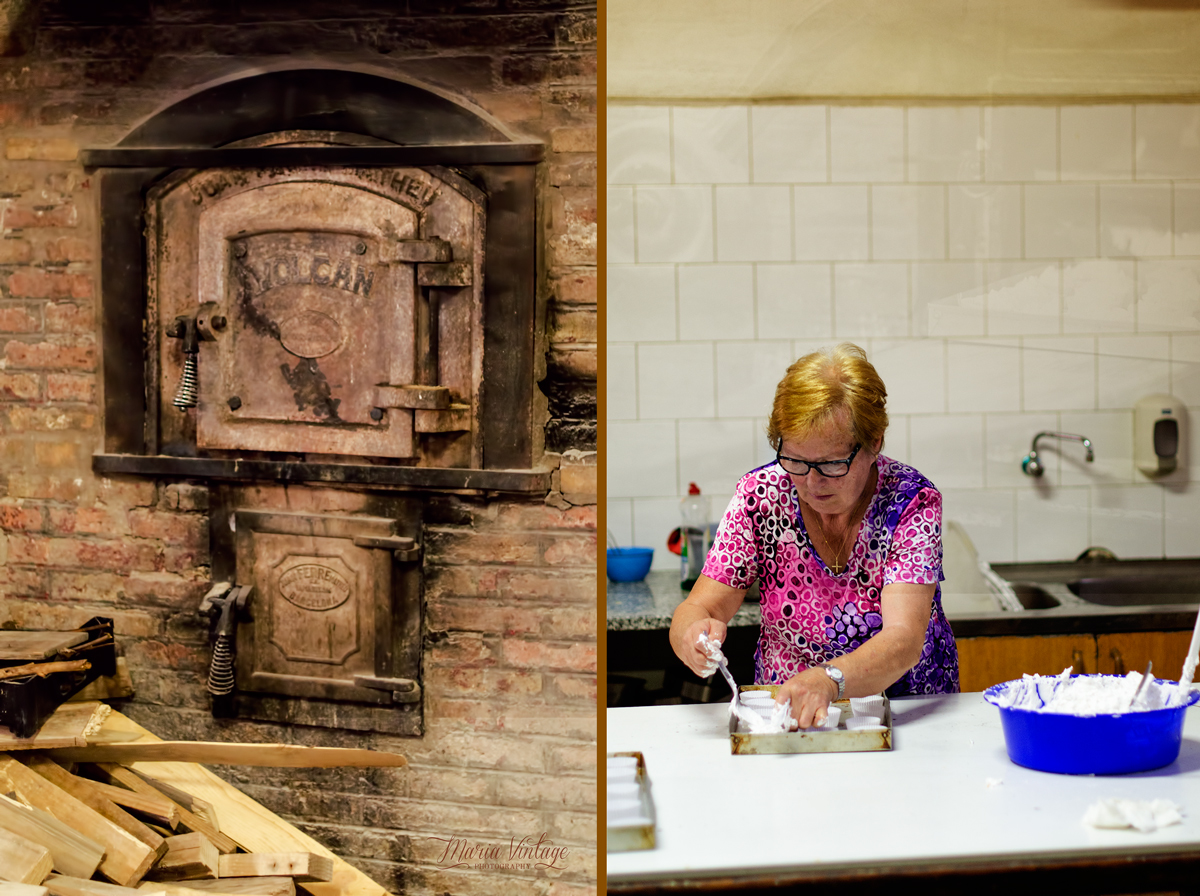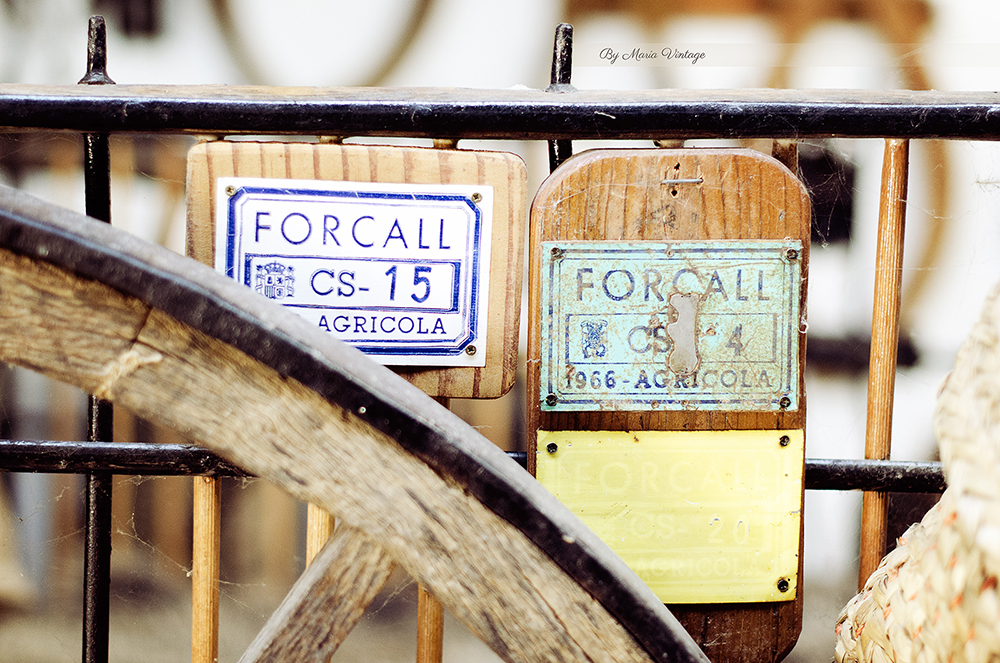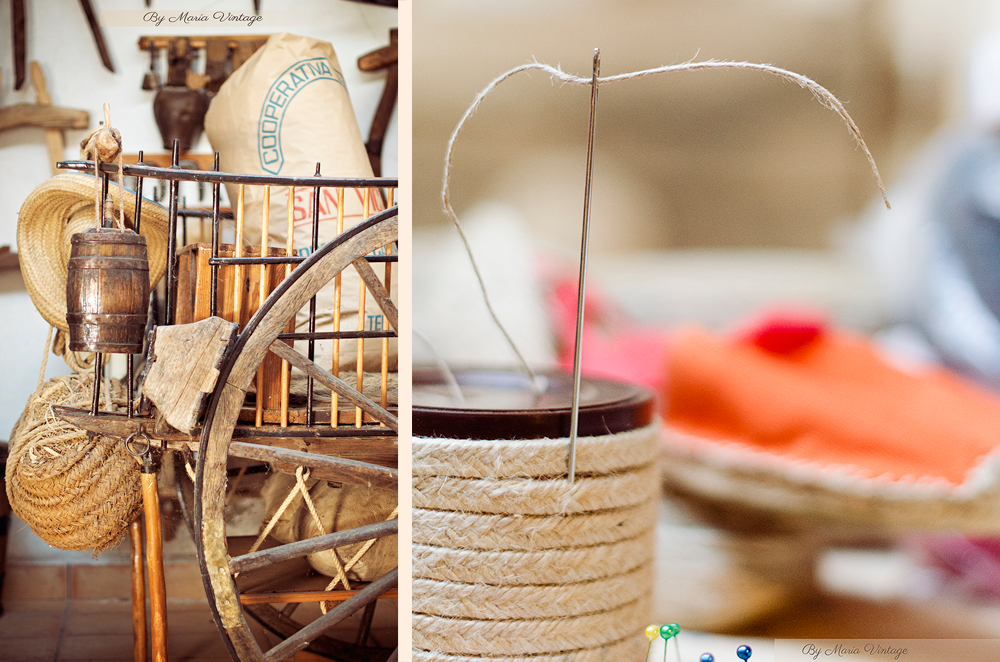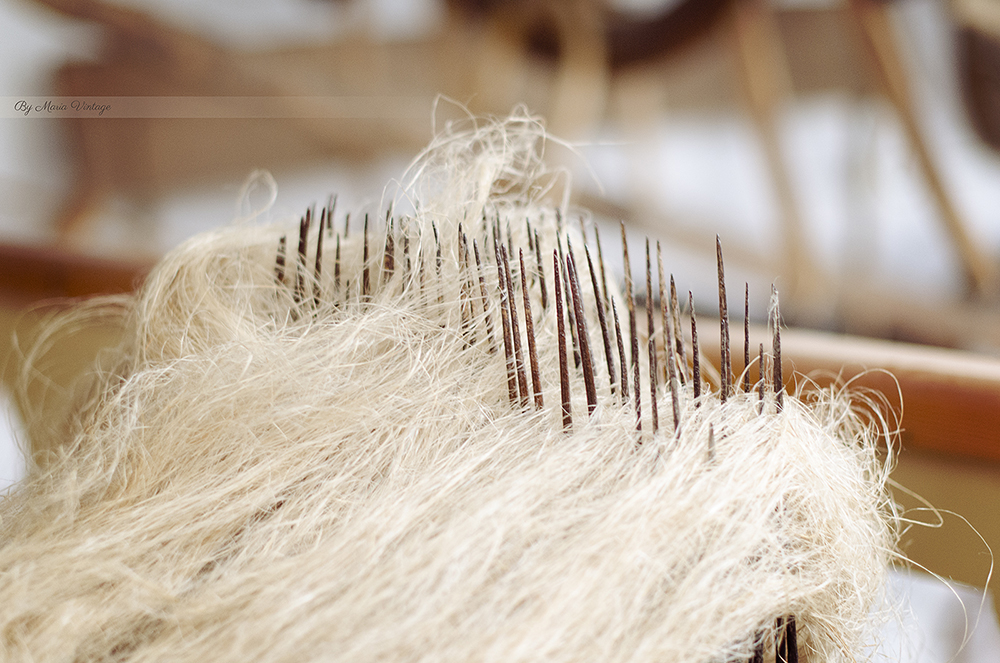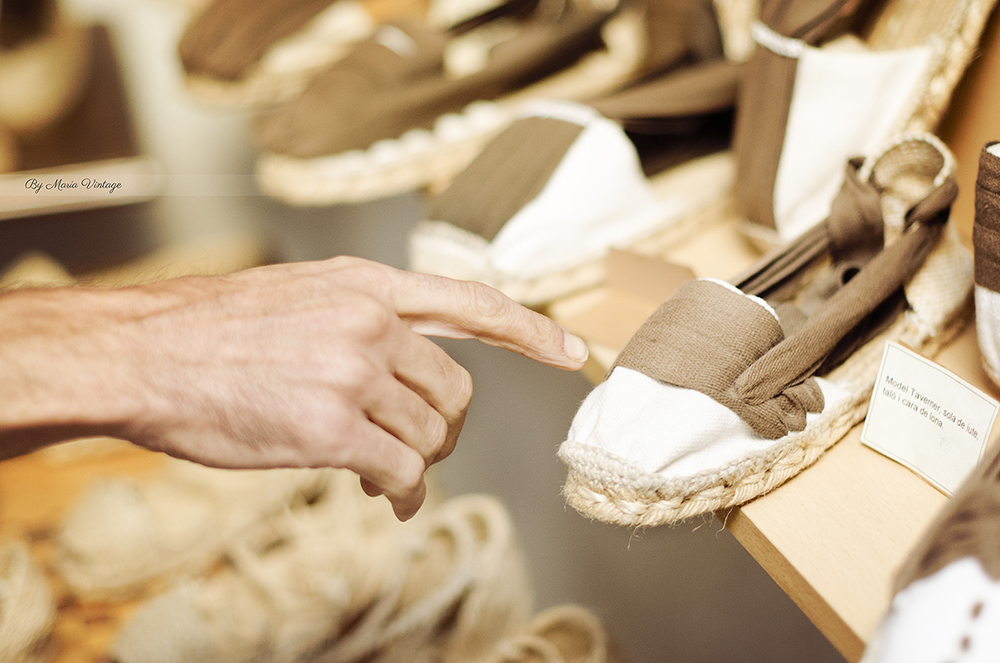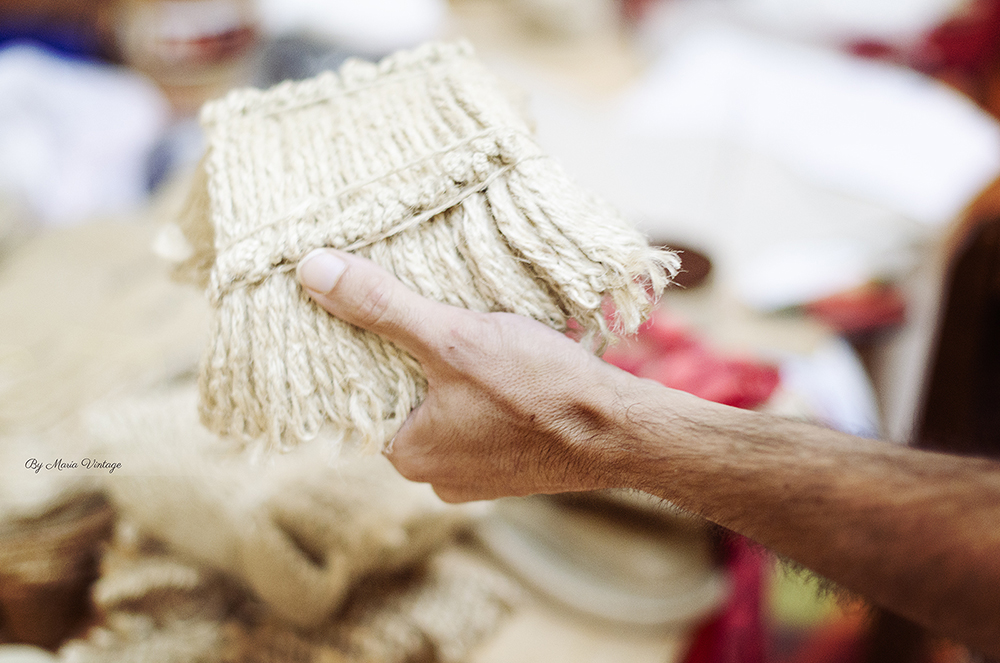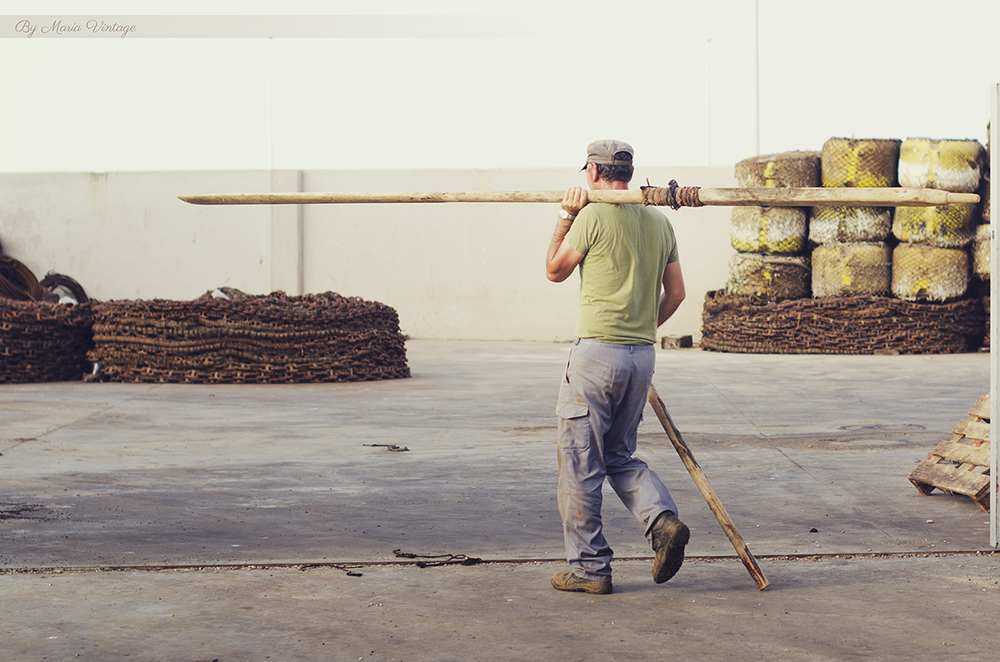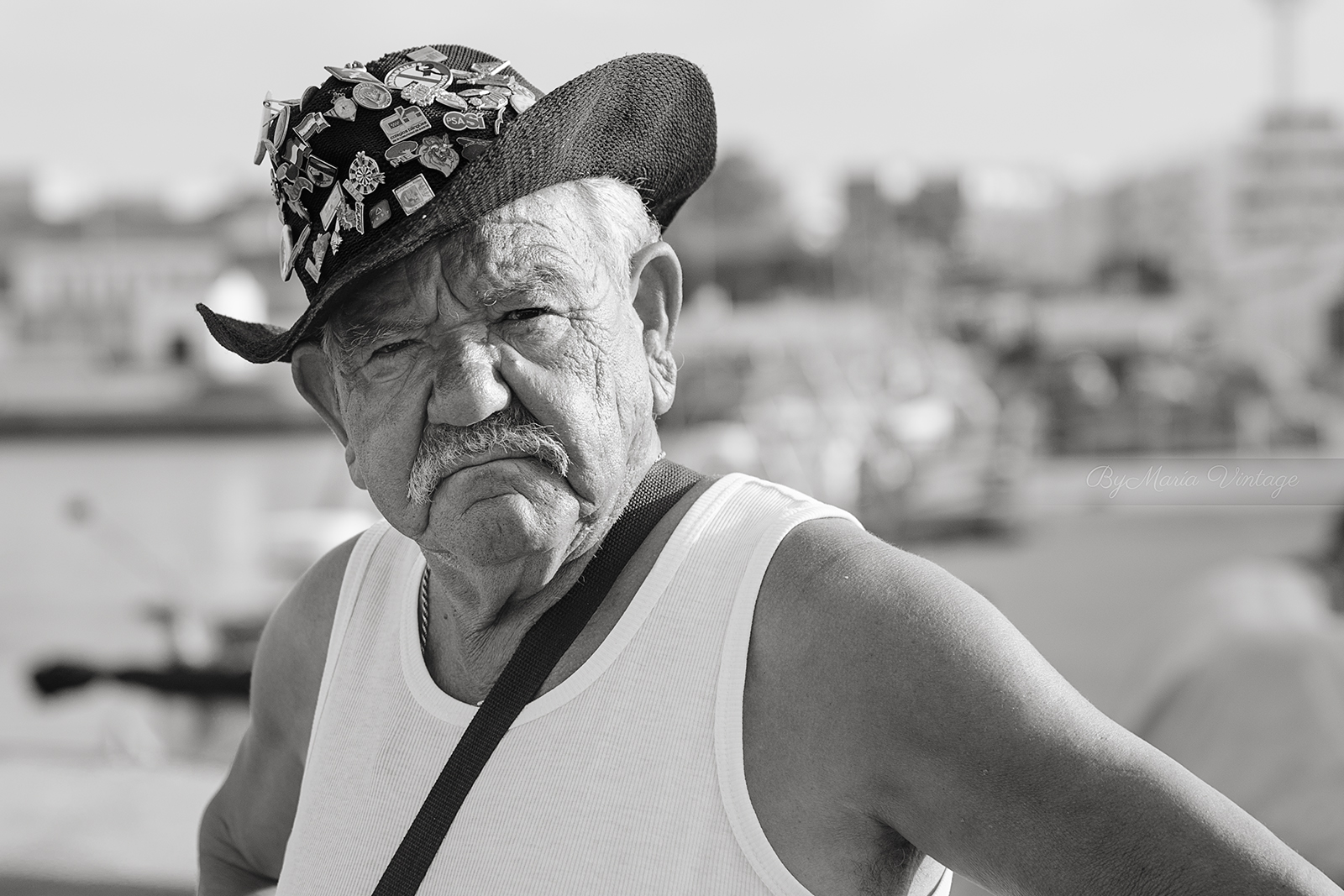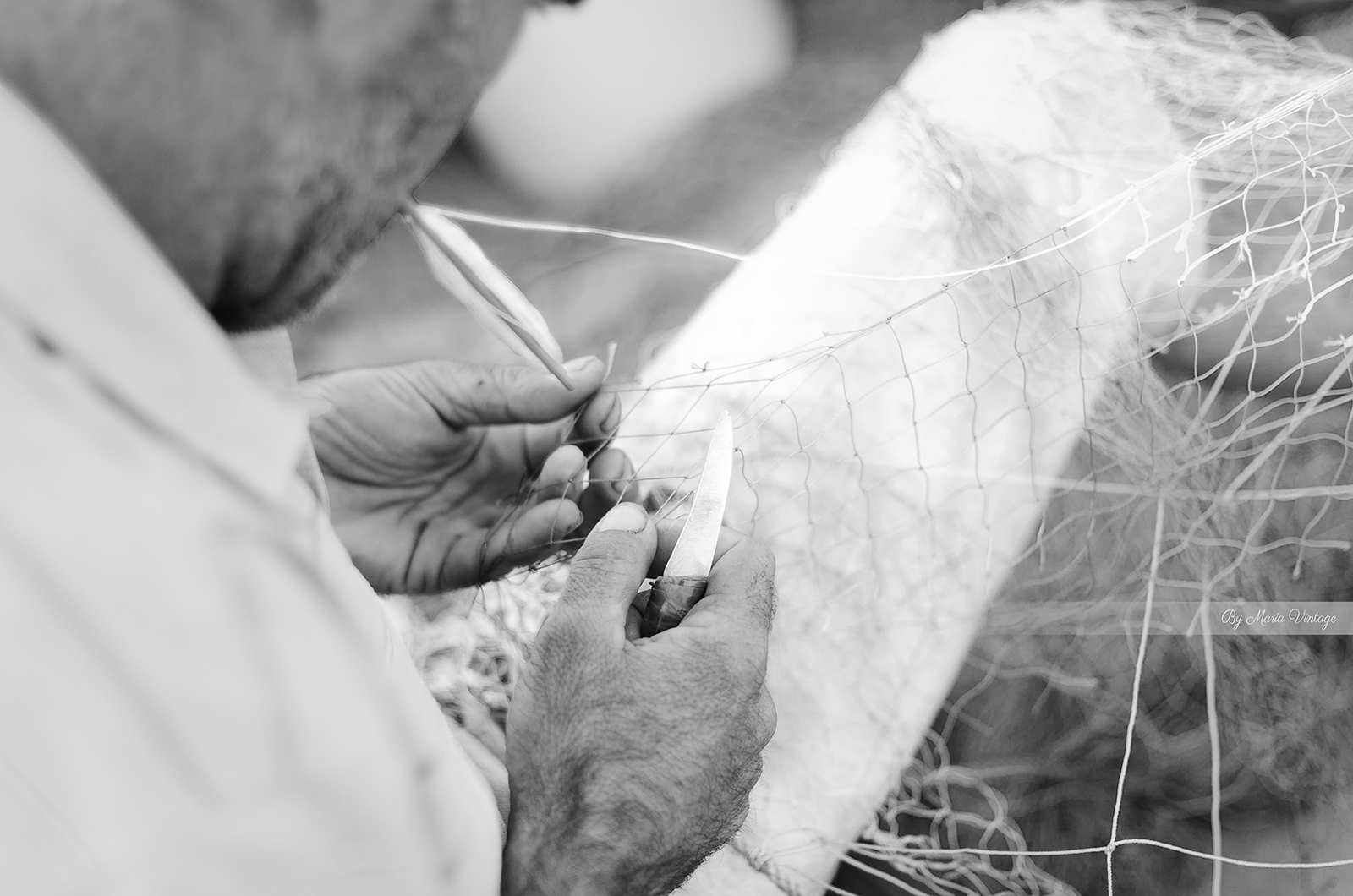June ended and I’d like to close this month with this very special post.
My photographic proyect in El Objetivo Mágico (The Magic Lens), where we have to replicate a different master of photography every month, has had Tony Catany as a protagonist. And he is my favourite artist. I chose him for this work, and the time came when I had to start digging deeply in his work art in order to try to reproduce it.
So the month for this hard job had finally arrived. Tony Catany changed the way I felt the dead nature art together with the way I used to take pictures. I don’t think there is any other master that left such a mark on me…
He was a Mallorquin (from Mallorca Island in Spain) who lived in Barcelona from 1960. As a good self-taught, he only did a short correspondence course when he was very young. He published his first photo reports in 1668 and from 1978 onwards he started being recognized all over the world. His knowledge of how to apply lights and shadows is excellent and the elegance he treats colour with is just exquisite.
His work is plenty of sensibility, armony and also melancoly. I found out about him a few months ago in a course I was doing at Encandilarte, and I fell in love with his art straight away. I liked it so much that I started looking up in the Internet all his photographies, trying to purchase one of them. I ended up with three of them over my hands thanks to Blanca de Berlin, an art gallery director in Madrid, who happened to be selling some of the Catany’s photos.
The core of his work is the still life, naked human bodies and gorgeous landscapes.
Toni Catany showed his work for the first time in 1972. Then over 200 more came after. In 2001 he won the National Photography Award by the Ministry of Culture and the National Award of the Fine Art (Catalunya). He was considered within the 100 best photographers in the world by Life Magazine.
Tony tested with the oldest developing techniques all over his career. Finally he jumped into the digital photography “because that let him treat the color in the way he was looking for” (according to his own words). He used a half professional camera for many years, exactly the Sony 828.
His art is captivating, moving and will please you for sure, due to his sensibility and elegance.
I right now am declaring myself an inconditional fan of his whole work and his way of seing beauty. I’ll never forget one of his quotes, that I from now onwards will do mine:
“To me photography is a way of showing my feelings, my mood and my emotions. I don’t photograph for others, but for myself, just for the pleasure of taking photos. I fon top of that, people like my work, the satisfaction is then amplified”.
Toni Catany
I’ve enjoyed this proyect very much. And this is the result of several sessions of Dead Nature trying to emulate the work of a great visionary.
I hope you enjoy that much with my work as well!

